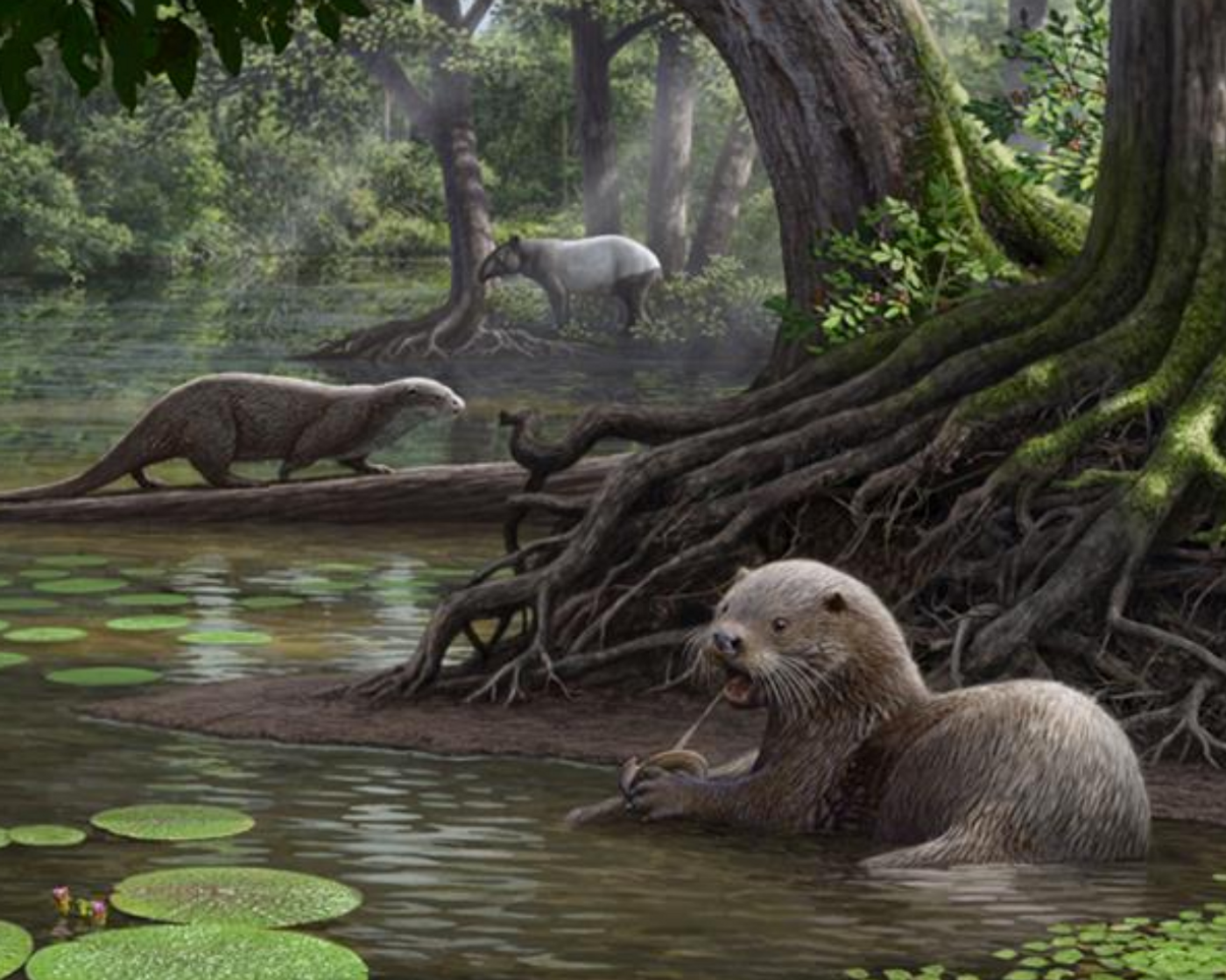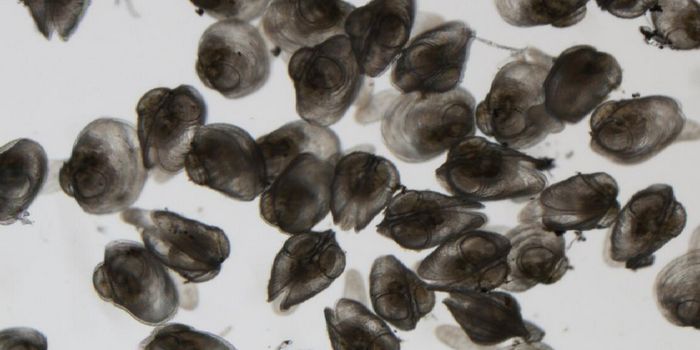Newly Discovered Otter Skull Fossils From China Are Simply Massive
Modern-day otters, excluding sea otters, aren’t really all that big; they typically don’t ever weigh more than around 30 pounds and rarely grow more than 3 feet in length (tail included).
On the other hand, a recent discovery in Shuitangba of the Yunnan Province in China details an ancient otter fossil that appears to have had a body size relative to that of a modern-day wolf. The findings appear in the Journal of Systematic Palaeontology.
The skull that was found at the scene was flattened during the fossilization process, but the researchers were able to use CT scanning and computer modeling to virtually reconstruct the skull.
Image Credit: X. Wang et al. 2016/Cleveland Museum of Natural History
Researchers estimate that this super-sized otter would have walked the Earth around 6 million years ago and could have weighed as much as 110 pounds, well over three times the size of most modern otters.
Image Credit: X. Wang et al. 2016/Cleveland Museum of Natural History
It has been given the name Siamogale melilutra and reportedly dates back to a lifeline of now-extinct otter species that could help researchers shed some light on the very cloudy history of the otter altogether.
For what it’s worth, the entire skull was intact, giving researchers a very high-detail view of its jawline, teeth, and other kinds of features that can be compared with modern-day skulls.
While examining the teeth, it was found that they had teeth designed for grinding, which would have been perfect for munching on shellfish and other forms of seafood, which are abundant in the region where this specimen was found.
"Multiple otter lineages have low-crowned bunodont teeth, leading us to ask the question if this was inherited from a common ancestor or if this was convergent evolution based on common dietary behaviors across different species," said Dr. Wang, the lead author of the paper. "Our phylogenetic analysis suggests that bunodont dentition independently appeared at least three times over the evolutionary history of otters."
Very little is known about the species at this point in time, but the researchers were reportedly able to use computer models to reconstruct its habitat at a time of 6.1 million years ago. Those models came up with abundant swamp-like landscapes with dense vegetation that would have provided cover from predators.
Source: Cleveland Museum of Natural History via Science Daily










